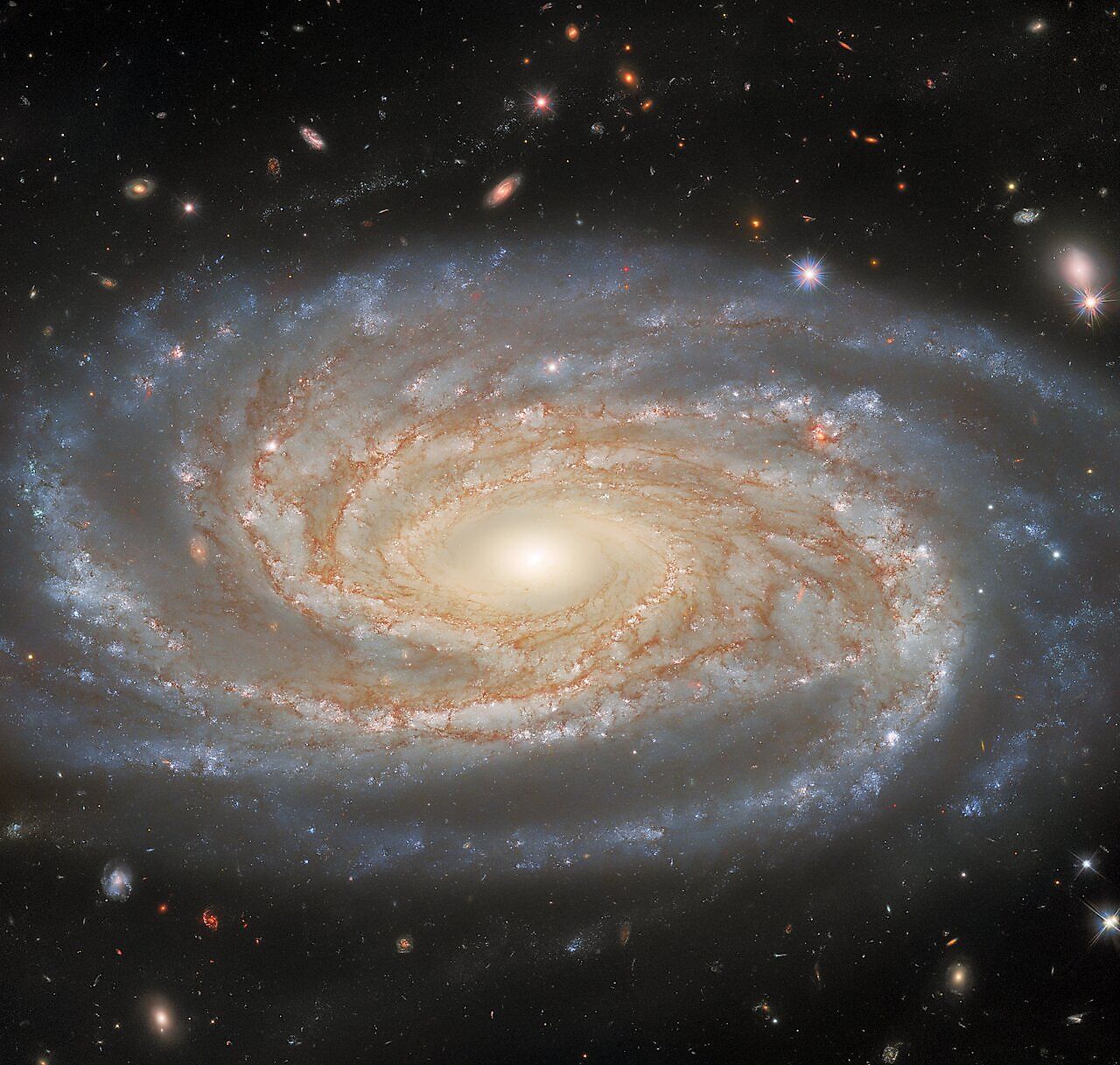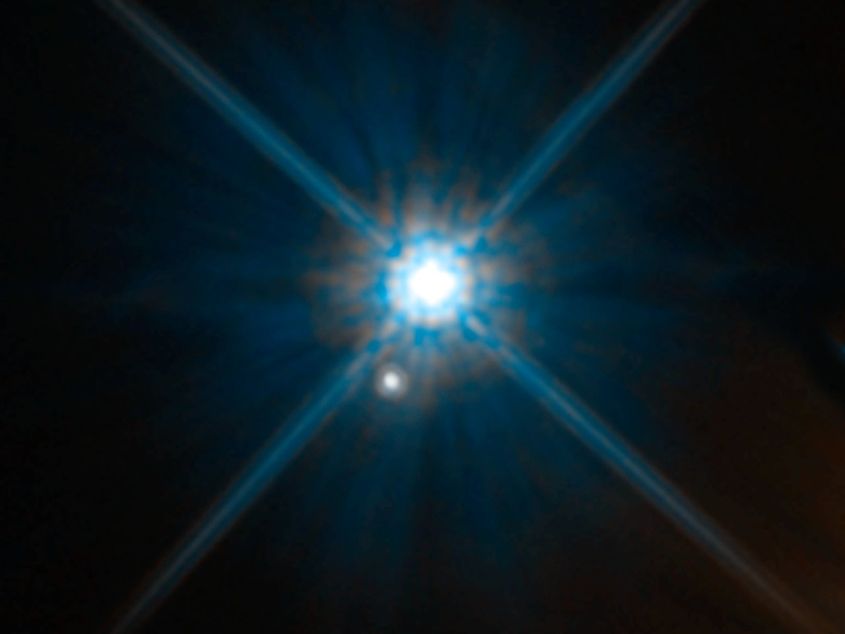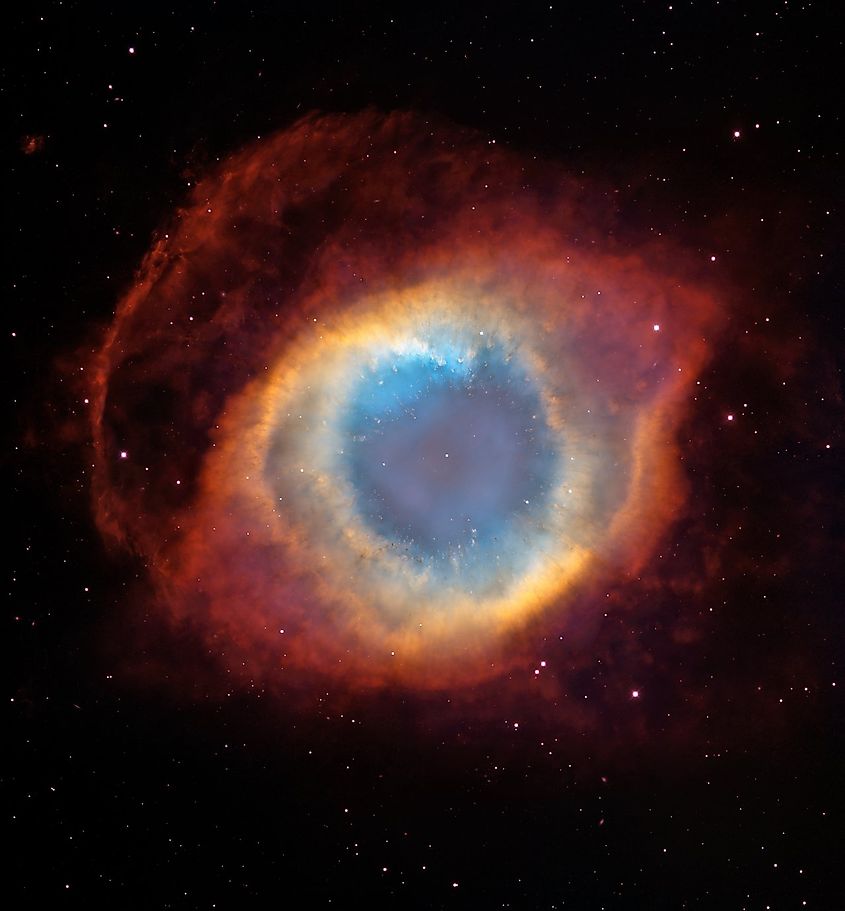
Astronomers Find Debris Of An Ancient Solar System
The universe is estimated to be around 13.8-billion years old. In that time, countless solar systems have formed and perished. Even the sun will one day cease to exist, and astronomers estimate that it is currently half way through its life. Sometime in the next 5-billion years, the sun will exhaust most of its hydrogen, swelling to become a red giant and eventually becoming a stellar remnant known as a white dwarf. During its red giant phase, the sun will expand many times larger than its current size, and it will likely engulf the orbits of Mercury, Venus, and Earth. Interestingly, when the sun eventually does engulf the inner planets, their compositions will be added to the newly formed white dwarf, and so even after these worlds have been destroyed, there will still be evidence they once existed in the outer layers of the white dwarf. Knowing this, astronomers recently examined white dwarfs in our galaxy to look for the remnants of ancient solar systems, and they found evidence of one that existed 10-billion years ago.
Examining White Dwarfs

Using the Gaia telescope, astronomers examined white dwarfs in our galaxy to determine their temperature and composition. The temperature of a white dwarf can be used to calculate its approximate age. When a white dwarf forms, its surface temperature can range from as high as 270,000 degrees Fahrenheit (150,000 degrees Celsius) to as low as 6,700 degrees Fahrenheit (3,700 degrees Celsius). Unlike regular stars, white dwarfs are not powered by the process of nuclear fusion, and so they do not create more heat. Rather, their heat is retained from the star they once were, and so over time, that heat escapes into space and the white dwarf cools. This means that by knowing both the temperature of a white dwarf and its rate of cooling, astronomers can then estimate the age of the white dwarf.
In addition to age, astronomers determined the composition of some white dwarfs. To do this, they examined the spectrum produced by the light emitted by white dwarfs. Interestingly, although white dwarfs do contain heavier elements, they generally sink towards the core of the white dwarf and do now show up when examining their spectra. This is especially the case for very old white dwarfs, when certain elements have had more time to sink towards the core. However, if heavier elements do show up in the spectra of an old white dwarf, it suggests that the white dwarf actually contains the remnants of ancient planets that likely collided with the white dwarf in the recent past.
An Ancient Solar System

While examining two white dwarfs designated as WDJ2147-4035 and WDJ1922+0233, astronomers found their temperatures to be quite cool, estimating that both are around 10-billion years old. Analysis of their spectra also revealed a noticeable amount of heavy elements, suggesting that both white dwarfs recently absorbed planets. The planets would have formed around the star that eventually became the white dwarf, and so the planets themselves would have also been around 10-billion years old. Perhaps most interesting of all, however, is that astronomers found that the debris contained within the white dwarf WDJ1922+0233 is very similar to that of the Earth, suggesting that an Earth-like world likely impacted the white dwarf and was subsequently destroyed. Findings such as these offer us clues about not only worlds that existed in the past, they also offer us a glimpse into the potential future of our own solar system.











